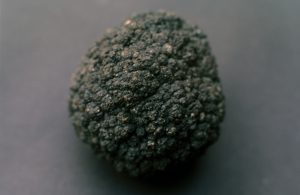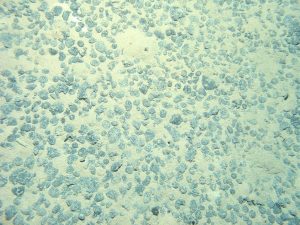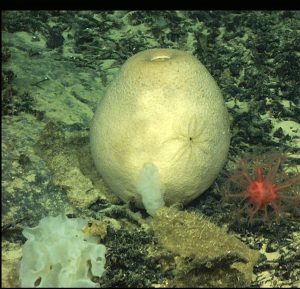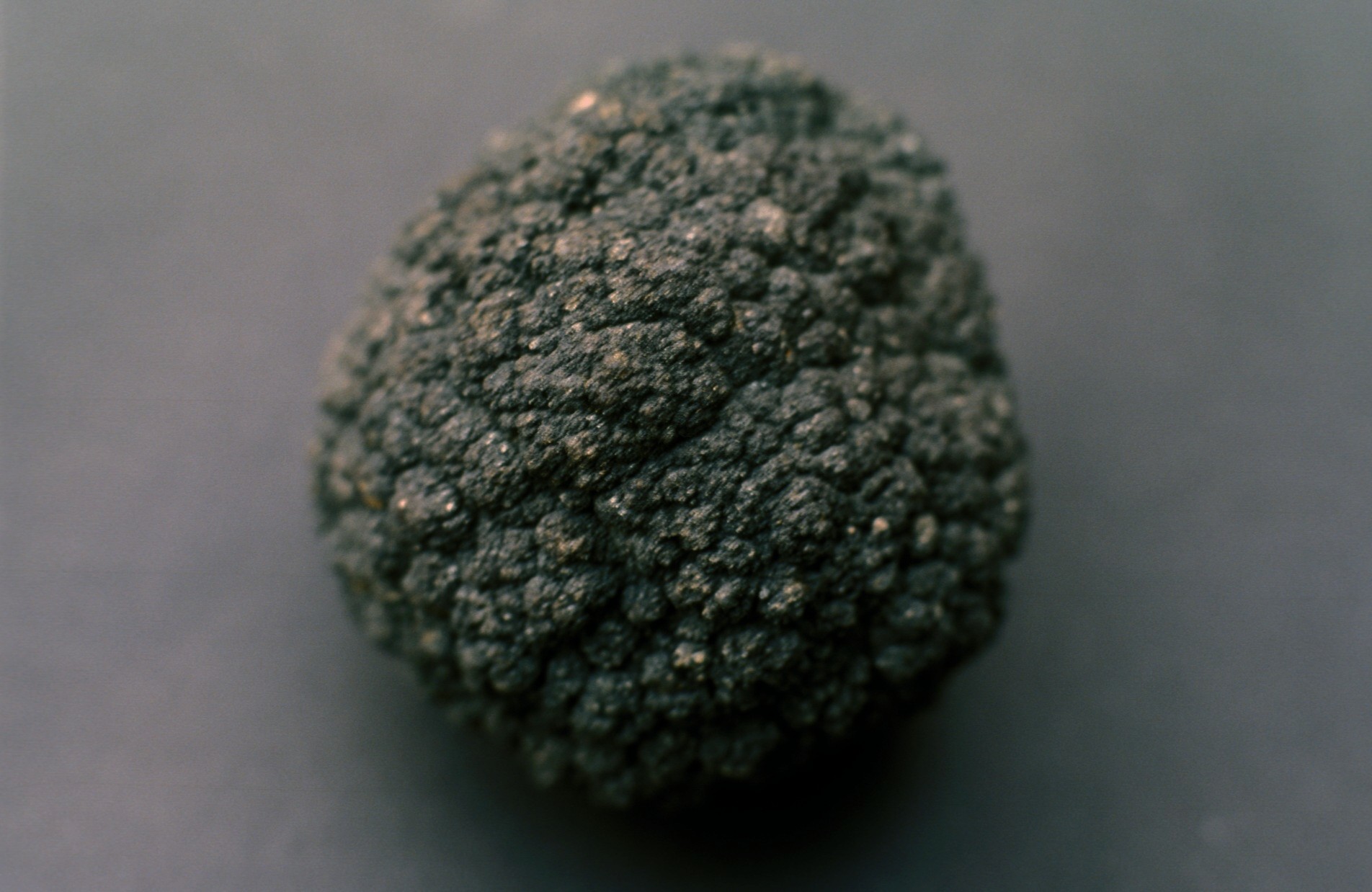Paper: Stratmann, T., Soetaert, K., Kersken, D., & van Oevelen, D. (2021). Polymetallic nodules are essential for food-web integrity of a prospective deep-seabed mining area in Pacific abyssal plains. Scientific Reports, 11(1), 1-11.
The future of the ocean floor is uncertain. In the last decade, technology and economic incentives have come together to make the deep-sea mining industry possible. Thus, concerns about the loss of biodiversity in the depths of the ocean have grown. In fact, a new study published in the journal Scientific Reports finds that deep-sea mining could significantly decrease the biodiversity of the deep sea. It turns out that the rocks which people are trying to extract, provide a home to a great amount of biodiversity.


Polymetallic nodules are at the center of deep-sea mining. These nodules cover thousands of square kilometers of the ocean floor and are found between 3,000 to 6,000 meters below sea level. They contain rare elements, which are needed to manufacture batteries that store energy in electric cars and store energy from solar panels and wind turbines. Since the demand for these commodities has increased, the search for these rare elements has taken people to one of the most isolated places on this planet.

To assess the importance of nodules in a deep-sea ecosystem, scientists at the Max Plank Institute for Marine Microbiology analyzed survey data and deep-sea imagery from the Clarion-Clipper Zone and the Peru Basin. These areas are located in the Pacific Ocean and contain large amounts of polymetallic nodules. Based on this data, they created a model of interactions between the living organism in these regions. Their results show that without these nodules, the deep-sea ecosystem would be much less diverse. It turns out that the soft substrate of the deep sea does not allow for sessile animals to anchor themselves to the ocean floor. However, the hard surface of these nodules allows animals like sponges to attach themselves to the ground. In turn, these sponges provide a habitat for other deep-sea marine animals like worms, clams, and crabs. In short, without these nodules, these animals might disappear.
Part of the problem with mining the deep sea is that very little is known about the deep sea. In fact, only 20% of the ocean has been explored and scientists are always finding new species on the ocean floor. Therefore, it is impossible to fully understand the effects of deep-sea mining on the deep-sea ecosystem. Further research will provide a better picture of the bizarre and alien world of the deep sea and the effects that mining will have on this ecosystem.
Hello! I am a science communicator who loves sharing stories about the ocean. In my free time, I enjoy running, spending time outdoors, doing puzzles and sipping on coffee while reading a good book. I am also an educator at the Museum of Science in Boston.

